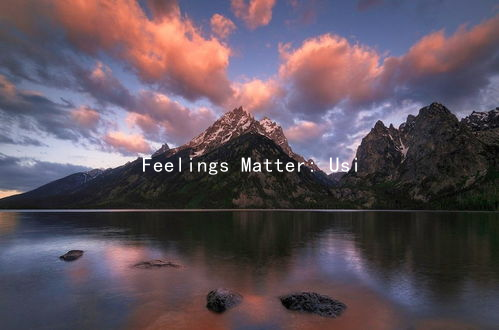Decoding Nonverbal Cues: The Psychological Aspects of Romantic Posture
In the realm of romantic relationships, effective communication often goes beyond mere words. A significant portion of our interactions is governed by nonverbal cues, particularly posture. Understanding these cues can enhance your dating experience and deepen the connections you form. This article delves into the psychological aspects of romantic posture, offering insights into how body language can influence attraction and intimacy.
Romantic posture refers to the way individuals position their bodies when interacting with a potential partner. This encompasses everything from standing or sitting positions to the angles at which individuals face each other. The subtleties of posture can reveal a great deal about a person’s feelings and intentions, making it a critical area of study in romantic dynamics.
One of the key elements of romantic posture is open body language. When individuals adopt open postures—where arms are uncrossed, palms are visible, and bodies are oriented toward one another—it signifies receptiveness and interest. This openness encourages a sense of safety and trust, fostering deeper conversations and emotional connections. In contrast, closed postures, such as crossed arms or leaning away, can indicate discomfort or disinterest. Being aware of your own body language, as well as that of your partner, can help create a more inviting atmosphere.
Proximity and personal space are also essential components of romantic posture. Humans are inherently social creatures, and the distance maintained during interactions can convey a wealth of information. As a general rule, a closer distance can indicate intimacy and attraction. However, its crucial to gauge your partners comfort levels; invading personal space without consent can lead to discomfort. Subtle shifts in position, like leaning closer during conversations or mirroring your partners posture, can signal your engagement and responsiveness.

Another important aspect is eye contact, which plays beautifully into posture. Engaging in eye contact while maintaining an open stance can enhance the feelings of connection and intimacy. Conversely, avoiding eye contact may be interpreted as a lack of interest or confidence. It’s important to balance the right amount of gaze—too much can come off as intense or aggressive, while too little may suggest disengagement.
Different cultures may interpret posture differently, so cultural context is crucial in understanding nonverbal cues. For instance, while leaning forward during a conversation may indicate interest in many Western cultures, it could be seen as intrusive in others. Being mindful of these cultural nuances allows individuals to navigate romantic situations more adeptly.
Touch also plays a pivotal role in establishing romantic posture. Light, consensual touches can enhance feelings of closeness, reinforcing positive interactions. A gentle hand on the back, a touch on the arm, or a playful nudge can convey affection and interest. However, its essential to remain attuned to your partners body language to ensure that they are comfortable with such gestures.
In conclusion, decoding nonverbal cues through the lens of romantic posture can significantly enrich your dating life and relationships. By cultivating an awareness of your own body language and being sensitive to that of your partner, you can create a more engaging and fulfilling connection. Embracing the psychological aspects of posture allows you to navigate the complex emotions intertwined in romance, ultimately leading to a deeper, more meaningful bond. Remember, in the dance of romance, your body often speaks louder than words.





